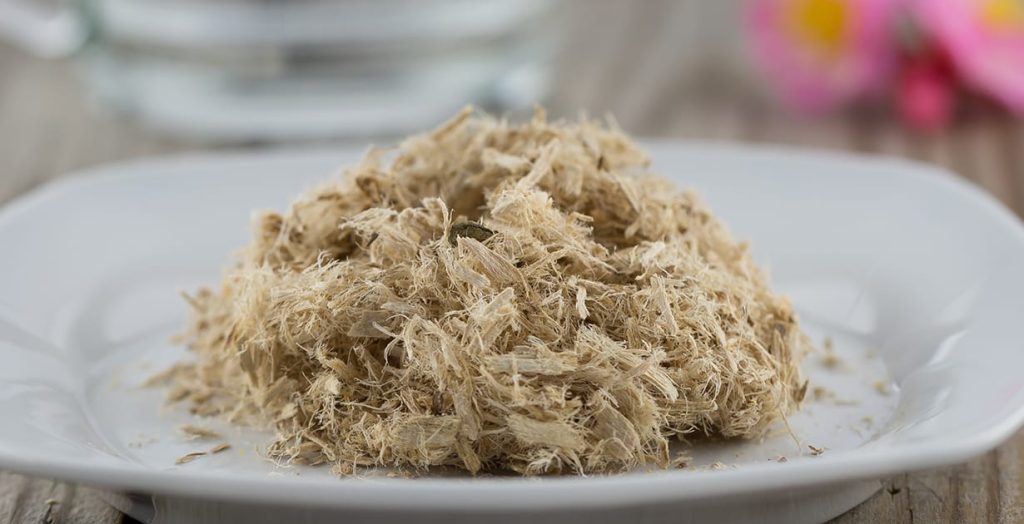

Found this useful?
Please share it.
Nature has bestowed upon us a treasure trove of medicinal plants and among them, Slippery Elm stands out as a versatile and potent remedy. Known for its unique properties, Slippery Elm has been used for centuries in traditional medicine. Let’s delve into the fascinating world of Slippery Elm, exploring its interesting facts and the myriad health benefits it offers.

Origins and Identification
Ulmus rubra, commonly known as Slippery Elm, is a deciduous tree native to North America. The inner bark of this tree is what makes it truly special in the realm of natural remedies. The bark contains mucilage, a gel-like substance that gives Slippery Elm its slippery texture when mixed with water.

Traditional Use
Indigenous peoples of North America have long recognized the therapeutic potential of Slippery Elm. Native American tribes, including the Cherokee, used it for its soothing properties on the skin and the digestive system. Early European settlers quickly adopted these practices and incorporated Slippery Elm into their own traditional medicine.

The Healing Power of Mucilage
One of the key components of Slippery Elm is mucilage, a substance that becomes gelatinous when mixed with water. This quality makes Slippery Elm particularly beneficial for the digestive system. When consumed, the mucilage coats the lining of the digestive tract, providing a protective barrier that soothes irritation and reduces inflammation.

Gastrointestinal Support
Slippery Elm has been traditionally used to alleviate various gastrointestinal issues. It can help soothe conditions like heartburn, indigestion, and acid reflux by forming a protective layer in the esophagus and stomach. Additionally, it may aid in relieving constipation and promoting regular bowel movements. Slippery Elm has also been found to be beneficial for Crohn’s disease, ulcerative colitis, diverticulosis and gastritis.

Sore Throat Relief
The mucilage in Slippery Elm has remarkable throat-soothing properties, making it an effective remedy for sore throats and coughs. It can be consumed as a tea or in lozenge form to provide relief and reduce irritation in the throat.
Nutrient-Rich Profile
Beyond its medicinal properties, Slippery Elm also offers a range of essential nutrients. It contains antioxidants, vitamins, and minerals, contributing to its overall health-promoting effects.
External Uses
Slippery Elm is not limited to internal use. Its soothing properties extend to external applications, where it has been used topically to alleviate skin conditions such as burns, wounds, and rashes. The mucilage helps create a protective barrier, aiding in the healing process.
Pregnancy and Lactation
While Slippery Elm is generally considered safe, pregnant and lactating women should exercise caution and consult with a healthcare professional before using it. Though there is limited research in this area, it’s always prudent to ensure safety during these critical stages.
Availability and Preparation
Slippery Elm is commonly available in various forms, including powders, capsules, and teas. When using it as a powder, mixing it with water creates a gel-like substance that can be consumed directly or added to drinks or foods.
Caution and Consultation
While Slippery Elm is generally well-tolerated, it’s essential to consult with a healthcare professional before incorporating it into your routine, especially if you have pre-existing health conditions or are taking medications.
Slippery Elm stands as a testament to the healing wonders found in nature. From its traditional use by indigenous communities to its application in modern herbal medicine, this remarkable plant continues to provide relief for various ailments. As with any natural remedy, it’s crucial to approach it with informed awareness, recognising both its potential benefits and the importance of consultation with healthcare professionals for personalised advice.
Great tips, articles, product information and more. Working towards a greater state of holistic health.